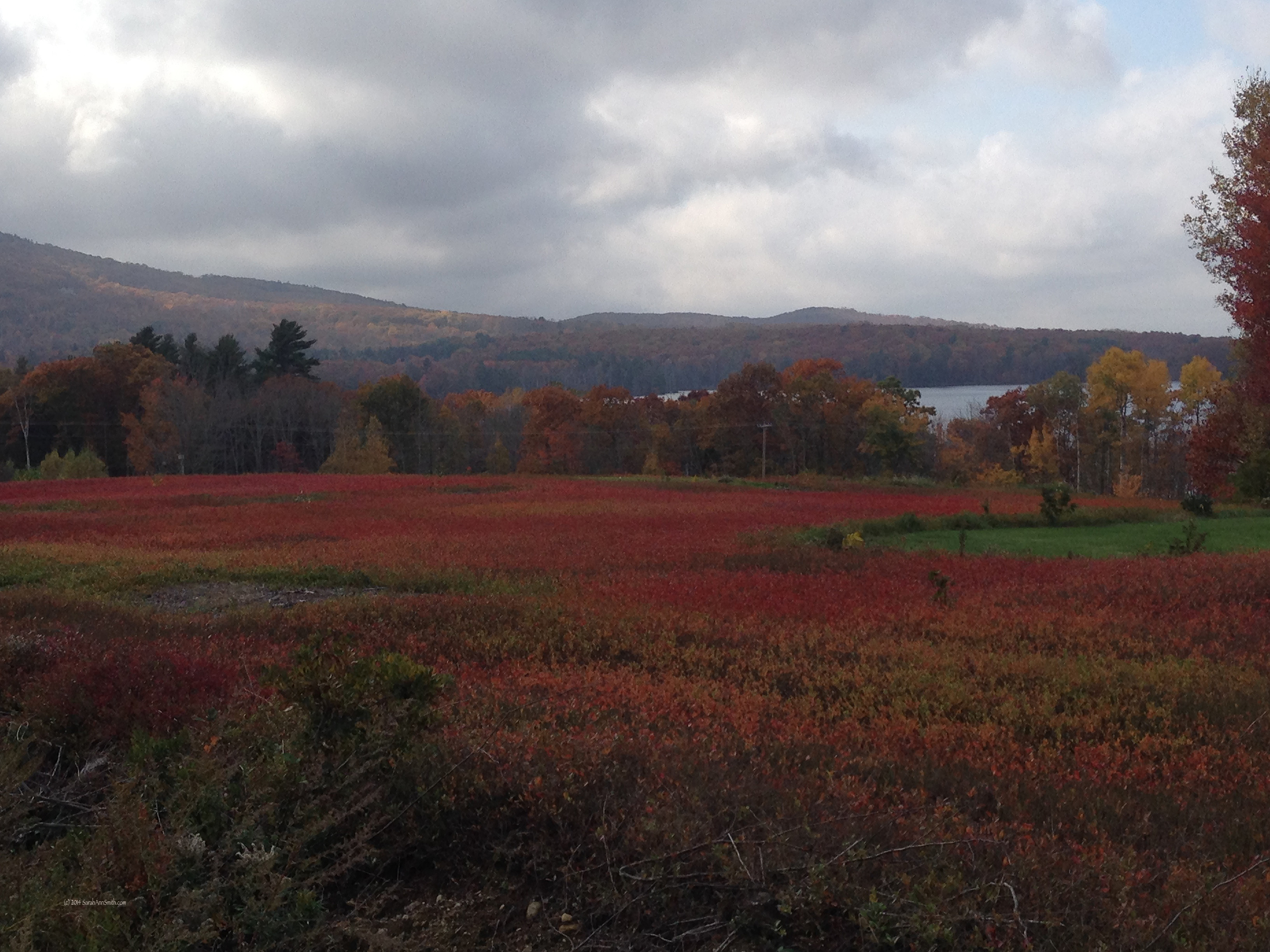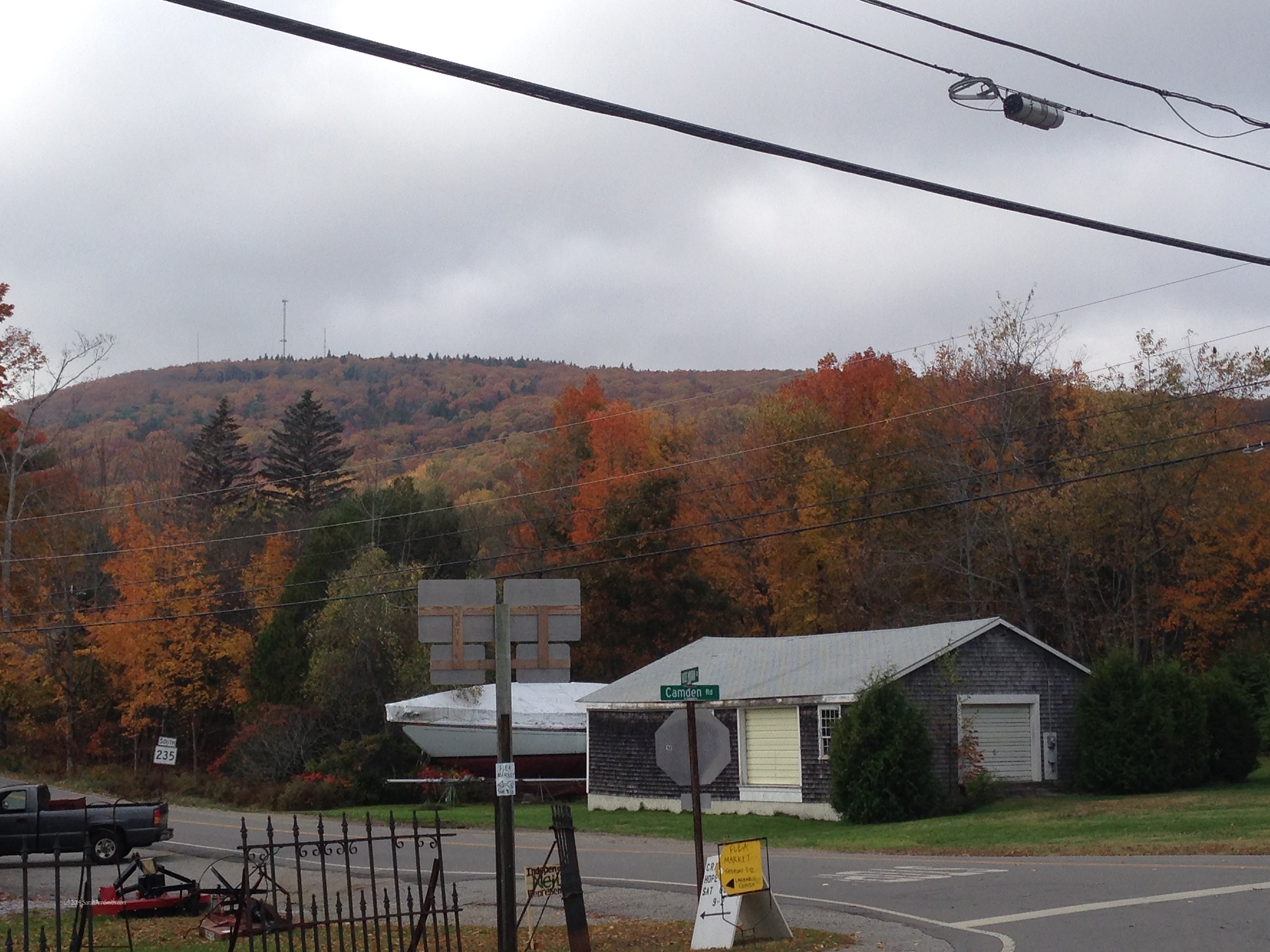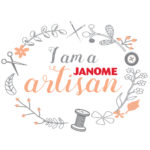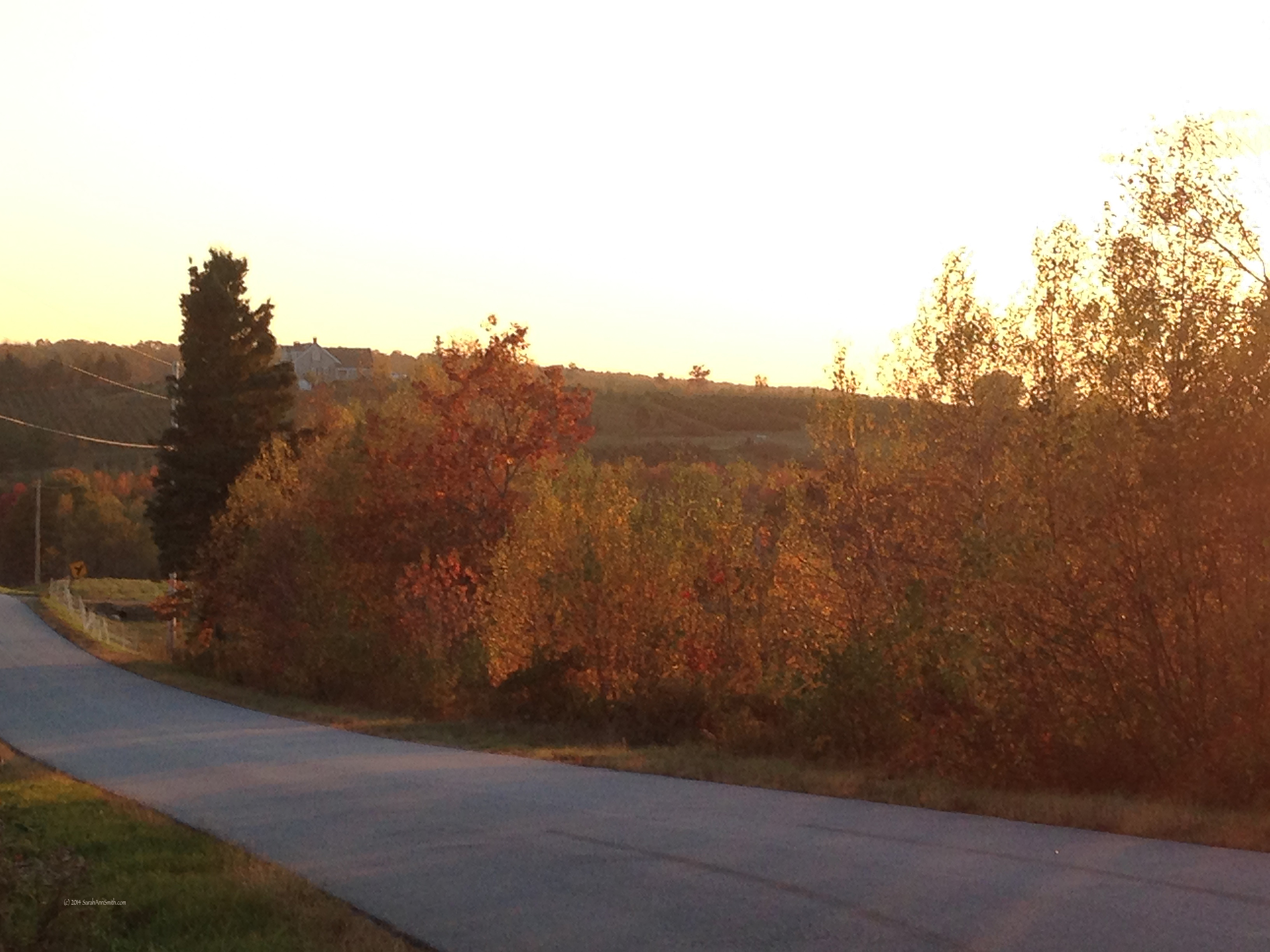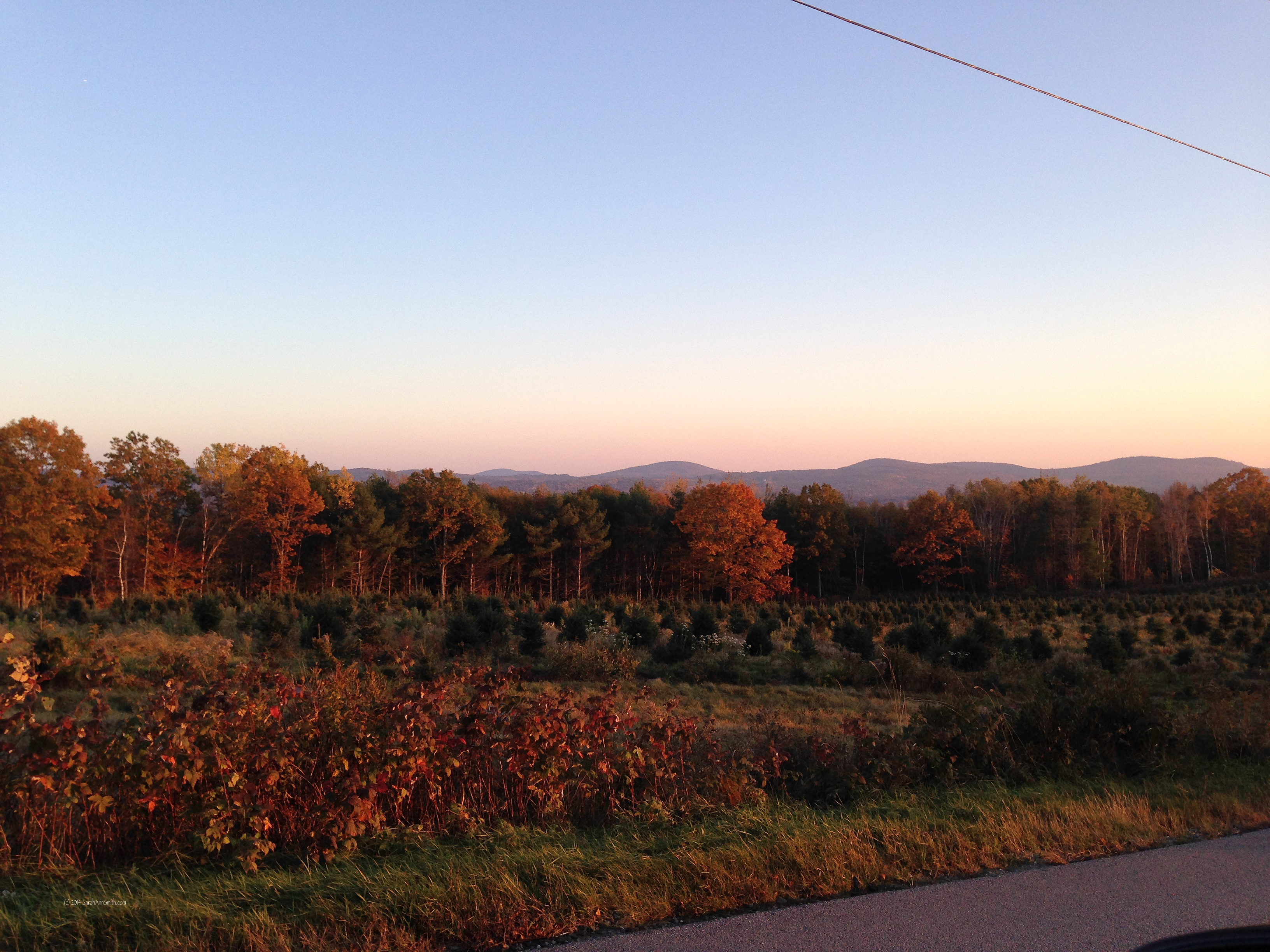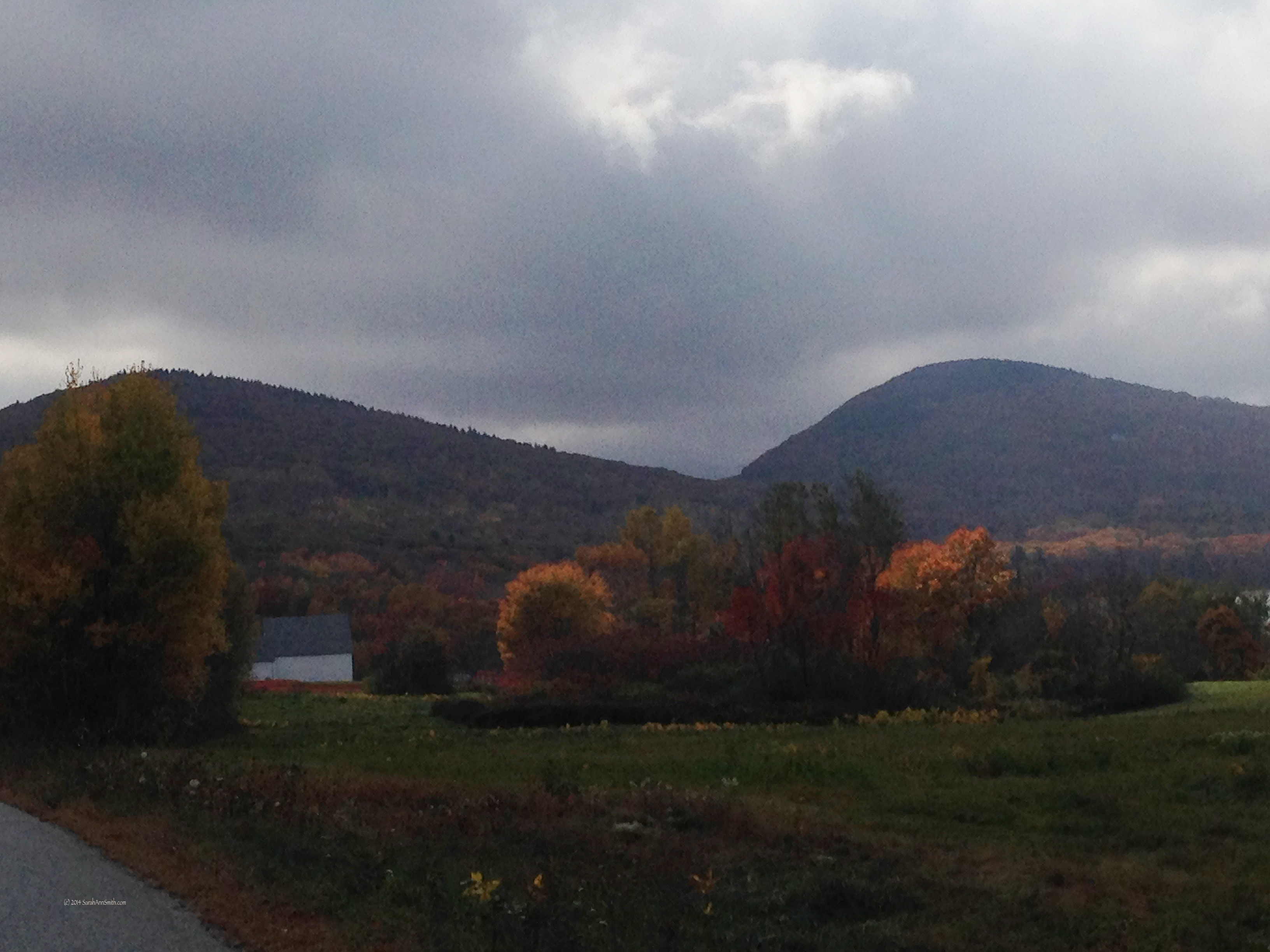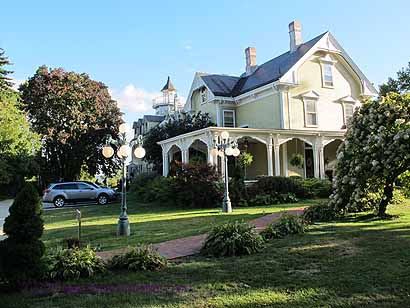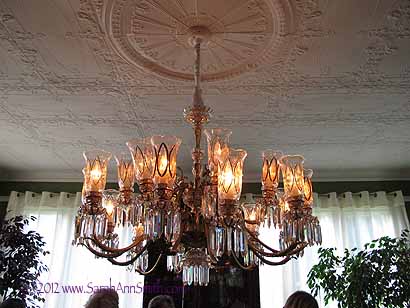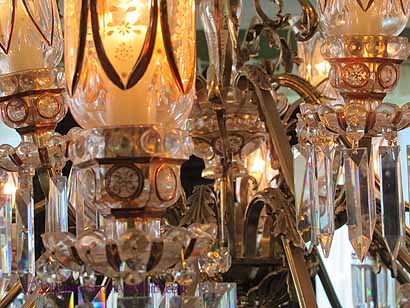OK…so I amended the title a little! The next two books are one that I have had a long time and one which I sought for a long time and focus entirely or mostly on English quilting! Let’s start with the latter: Traditional British Quilts by Dorothy Osler. Most of the time over the years I looked for this book, the price listed was well over $100! Too steep for my wallet. Finally, I found it at Amazon at a tolerable price for Used, anywhere currently from $18 to $32 (US dollars).

A definitive reference book
This book is cited as a reference in just about any subsequent book you find on British and Welsh quilting, and I can see why. At 168 pages, with black and white photography (it was printed in 1987–what a long way publishing quality and images have come in just a couple decades!), it is very well researched with ample footnotes and citations. If you are looking for a hands-on how-to book using today’s methods with lots of projects, this is NOT the book for you. If, however, you enjoy the history of quilts with lots of photos of how things used to be done, with very crisp black and white photos that show remarkable detail, then you’ll be quite happy with this book.

Detail photos of quilting in North Country Strippy quilts
The major sections include (remember, this is about traditional quilts, not using rotary cutters and templates!)
Part One: Making Traditional Quilts:
- Materials and Equipment
- Traditional Quilt Design
- Traditional Quilt Patterns
- Making a Quilt
Part Two: Traditional Quilts: A social and Cultural History
- Historical Background (going back to before 1200 AD)
- Social and Regional Influences
- English Quilts (North Country, West Country and Rest of England)
- Welsh Quilts
- Scottish Quilts
And the usual resources, index, and footnotes.
Saving the best for last, is Amy Emms’ Story of Durham Quilting, by Emy Emms MBE, Edited by Pam Dawson.

Amy Emms' Story of Durham Quilting
For those not familiar with British honors, MBE stands for Member of the British Empire, and is a very special honor. This photo shows Amy Emms after receiving her medal,
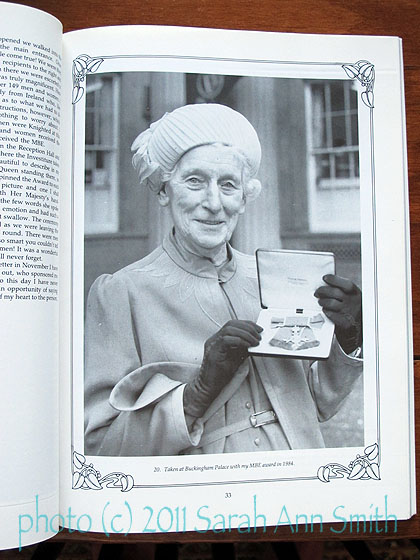
Amy Emms receives her MBE
and the reverse side of this page shows the certificate signed by her Majesty Queen Elizabeth in which she confers upon Amy Emms (getting goosebumps here) “The Dignity of an Ordinary Member of Our said Order” and “Given at the Court of Saint James under Our Sign Manual and the Seal of Our said Order this Thirty-first day of December 1983 in the Thirty-second year of Our reign.” Here’s a link to Wikipedia’s article on the MBE. It is just astonishing to me and so wonderful that a woman was given this honor for being a quilter!
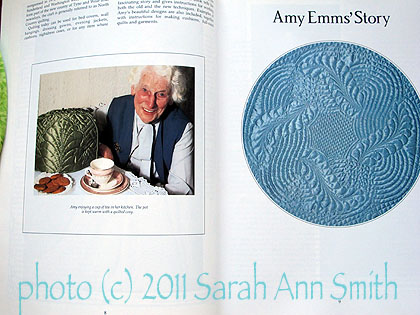
This photo shows the stunning quilting, North Country/Durham quilting, for which Ms. Emms is known, along with an utterly charming photograph of her having tea.
As you can see, her use of satin for her quilt (on right) and tea cozy (on left) shows off the incredible traditional hand quilting.

Amy Emms was a teacher, here in a photo from the early 50s.
As with Dorothy Osler’s book, I love that this book tells the story of quilting, the history of it, and documents that history with pictures–after all, we are quilters and LOVE the pictures!

Amy Emms (on floor in photo on right) made her daughter's satin quilted wedding dress entirely by hand. The whole thing is quilted, and the bride looks so happy! Can't you see the family resemblance? I just love seeing the faces of parents in their children (including mine!).
This book is about Amy Emms’ story, first and foremost, though there are some projects. At the end of its 96 pages it does include some patterns of typical Durham quilting, and in the middle there is “Start with a Cushion” (a pillow in the US–it’s that divided by a common language thing again), with photos of how Amy works on a pillow cover, her traditional peg-stretcher-bar frame, with detailed instructions on how to make this pillow. For me, what I love is the history and the photos (both historical and contemporaneous)… including the caption next to a man in a red satin quilted robe (as he holds a beverage) “This warm wrapover dressing gown is suitable for a man or a woman, but you can also shorten it to make a smoking jacket for a man.” Anyone know of any significant others that want a smoking jacket? Times have changed, and I love that it is documented.
I promise you…one of these days, there is a really traditional quilt coming out of my studio….
and a PS: for any of you in the UK, if you can add some context about the MBE, please do leave comments!
